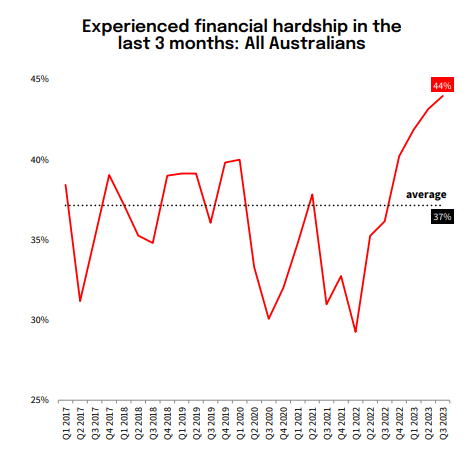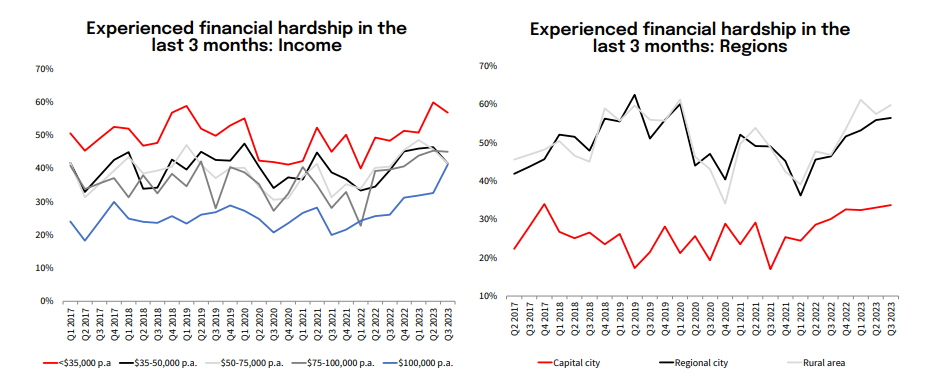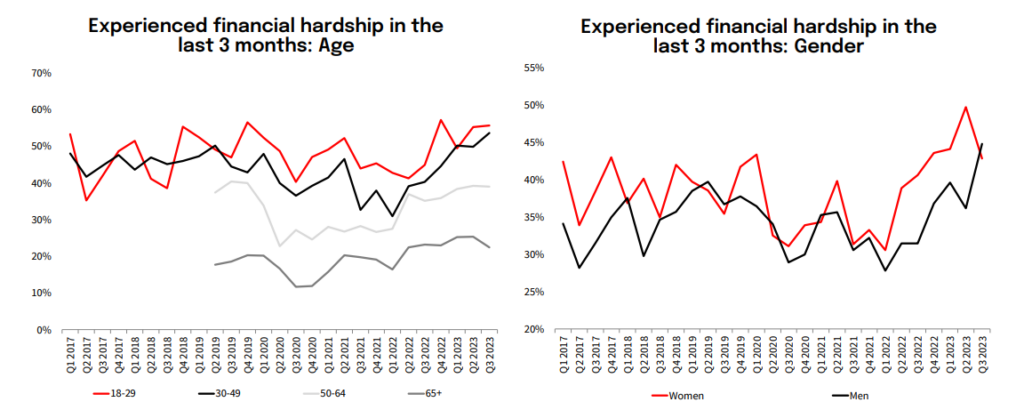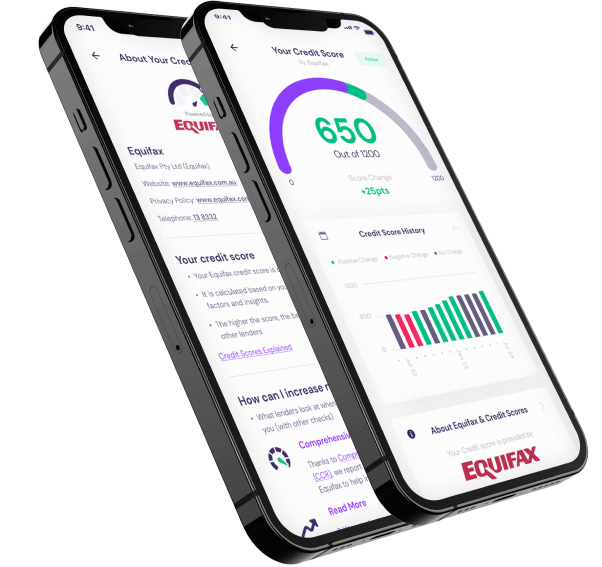(4) We offer a 48-hour cooling-off period for all loan products. Anyone unsatisfied with their loan for any reason, can return the total principal funds, including any payments made to third parties on your behalf, within a 48-hour cooling-off period and cancel their loan. If you have purchased a vehicle or other item with your loan, Jacaranda Finance does not require the seller to cancel the sale or release the funds back to you. Returning your purchase to the dealer, to the seller or to Jacaranda Finance doesn't qualify as a loan cancellation. The loan is only cancelled once the funds have been received and have cleared into the Jacaranda Finance bank account.
 Holiday Trading Hours
Holiday Trading Hours























